Geography and Environment
Geographical location: Hanoi is located in Red River Delta and borders with Thai Nguyen province, Vinh Phuc province in the North; Ha Nam and Hoa Binh province in the South; Bac Giang, Bac Ninh and Hung Yen province in the East; Phu Tho and Hoa Binh provinces in the West.
Hanoi sit on the right bank of Black River and both sides of the Red River, the location and terrain create favorable conditions for developing politic, economy, culture and science and it is also an important traffic hub of Vietnam.
Climate: The climate in Hanoi is representative for northern climate in Vietnam. The characteristics of the tropical monsoon climate are warm, hot and rainy summers, cold winters and. Located in the tropical site, Hanoi receives an abundant solar radiation and high temperature. The average amount of radiation in Hanoi is annually 122.8 kcal / cm2 and average temperature is 23,6ºC. Due to the influence of the sea, Hanoi humidity and rainfall is quite large. The annual humidity is 79%. Average annual rainfall is 1.800mm and every year, there are approximately 114 days of rain. It is obvious to see the change between seasons in Hanoi. From May to September is hot and rainy season. The average temperature is 29,2ºC. From November is the time of the winter and dry weather. The average temperature of winter is 15,2ºC. Between the two seasons that leave the transition period (April and October). Therefore, Hanoi has totally four seasons: Spring, Summer, Autumn, Winter. Each season has its own beauty. The best time to visit Hanoi is Autumn. The part of Ha Tay terrain (old) merged with Hanoi with its own characteristics that form the climatic regions among the mountains, hilly areas and plains. But in general, the differences between weather and temperature in current Hanoi are not too large.
Terrain: Hanoi has two main types of terrain is plains and hills. Plain terrain mostly located in primitive Hanoi and some eastern districts of Ha Tay province (now is Hanoi), accounting for about three quarters of the natural area, located on the right bank of the Black River, the two sides of the Red River and smaller river. Most of the hilly terrain located in the Soc Son, Ba Vi, Quoc Oai, My Duc District. There are some of high mounts such as Ba Vi 1.281m; Gia De 707m; Chan Chim 462m; Thanh Lanh 427m; Thien Tru 378m; Ba Tuong 334m; Soc Son 308m; Nui Boc 245m; Duc Linh 294m …
Rivers and Canals: Hanoi is located next to two big rivers in the North: the Black River and Red River. The length of Red River is 1.183km and originating from Yunnan (China). Red River in Hanoi is 163km long (about 1/3 the length of Red River in Vietnam, around 550km). Besides the two big rivers, There are some smaller river in Hanoi such as: Duong river, Cau river, Ca Lo river, Day river, Nhue river , Tich river, To Lich river, Kim Nguu river, Bui river.
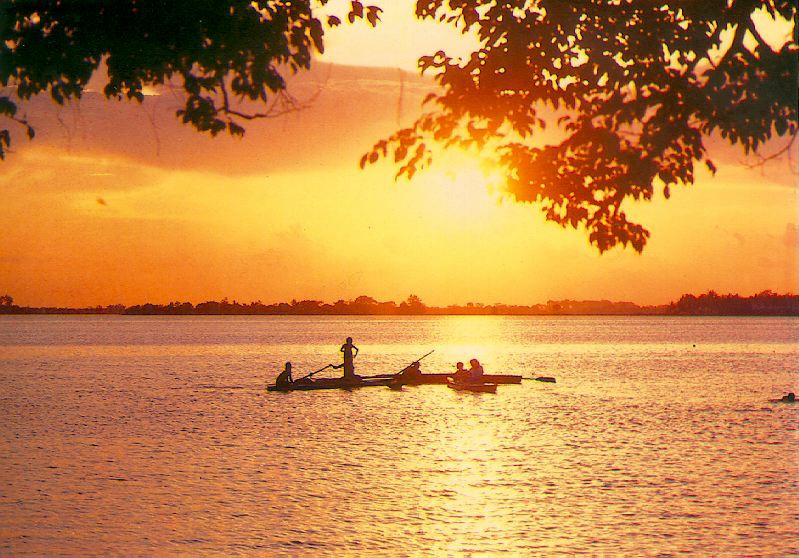
Sunset in West Lake, Hanoi
There are many lakes and lagoons in Hanoi. The famous lake in Hanoi city such as West Lake, Truc Bach Lake, Hoan Kiem Lake, Thien Quang Lake, Bay Mau Lake. And dozens of lakes and ponds located in the territory of the old Hanoi such as: Kim Lien Lake, Lien Dam Lake, Van Tri lagoon… and many large lakes located in Ha Tay (old): Ngai Son – Dong Mo, Suoi Hai, Meo Gu, Xuan Khanh, Tuy Lai, Quan Son…
Population
According to population figures on 1/4/1999, Hanoi and Ha Tay (old) mostly resided by ethnic Vietnamese (Kinh) accounted for 99.1%; other ethnic groups: Dao, Muong, Tay accounted for 0.9%. According to statistic, in Hanoi and Ha Tay (old) urban residents accounted for 41.1% and the proportion of rural residents was 58.1%; Women account for 50.7% and 49.3% for male. The average population density across the city today is 1875 people / km2, agricultural population is about 2.5 million people.
Transportation
From the capital, Hanoi, Visitors can travel across the country by convenient means of transport.
By Air: Noi Bai International Airport (located in the territory of Soc Son district, about 35km far from Hanoi center). Gia Lam Airport, the main airport of the Hanoi before 70s of the 20th century is now heliport flight catering services, including tourism.
Roads: Inter-provincial cars start from Phia Nam, Gia Lam Luong Yen, Nuoc Ngam, My Dinh bus station to all parts of Vietnam along the National Highway 1A cross North – South; Highway 2 to Vinh Phuc, Phu Tho, Tuyen Quang, Ha Giang; Highway 3 toThai Nguyen, Cao Bang; Highway 5 to Hai Phong, Quang Ninh; Highway 6 to Hoa Binh, Son La, Lai Chau …
Railways: Hanoi is traffic hub of five railway lines in the country. There railway to Beijing (China) and many European countries.
Waterways: Hanoi is an important transport hub for ferries to go to Hung Yen, Nam Dinh, Thai Binh, Viet Tri; Ham Tu Quan station to Pha Lai.
Culture – Tourism
Hanoi currently has over 4,000 monuments and landscapes, in which over 1000 national monuments and landscapes is ranked (hundreds of monuments and landscapes newly merged from Ha Tay and Me Linh) with hundreds of temples, pagodas, architectural structures and other famous landscapes.
Hanoi is a big center of tourism in Vietnam. There are many tours in Hanoi. Visitors have opportunities to explore many cultural structures and art of building over many generations, during the construction and development of country. The scenic beauty and charm of nature; the craft villages existed for hundreds of years; the traditional festival – cultural product crystallized many spiritual values… will be attractive tourism products.


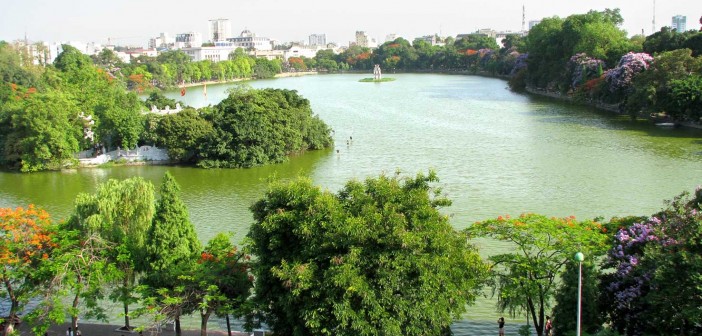
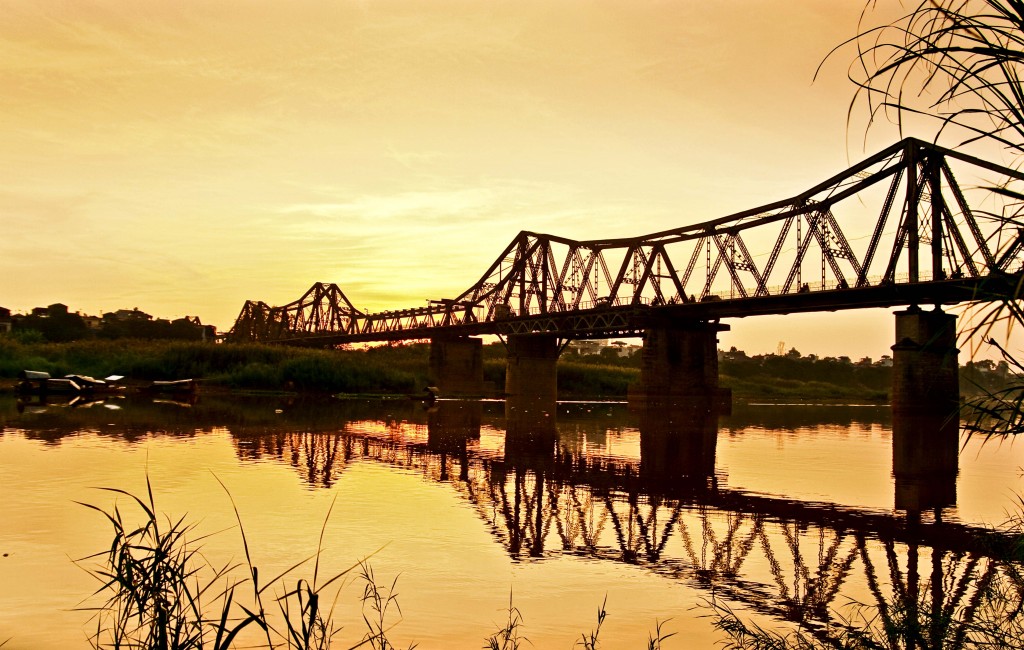
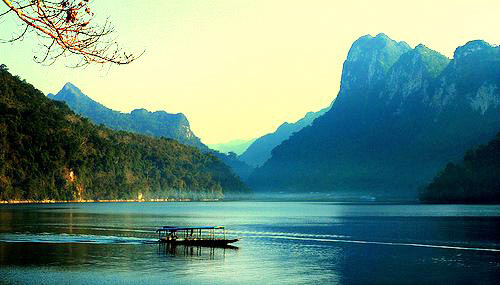
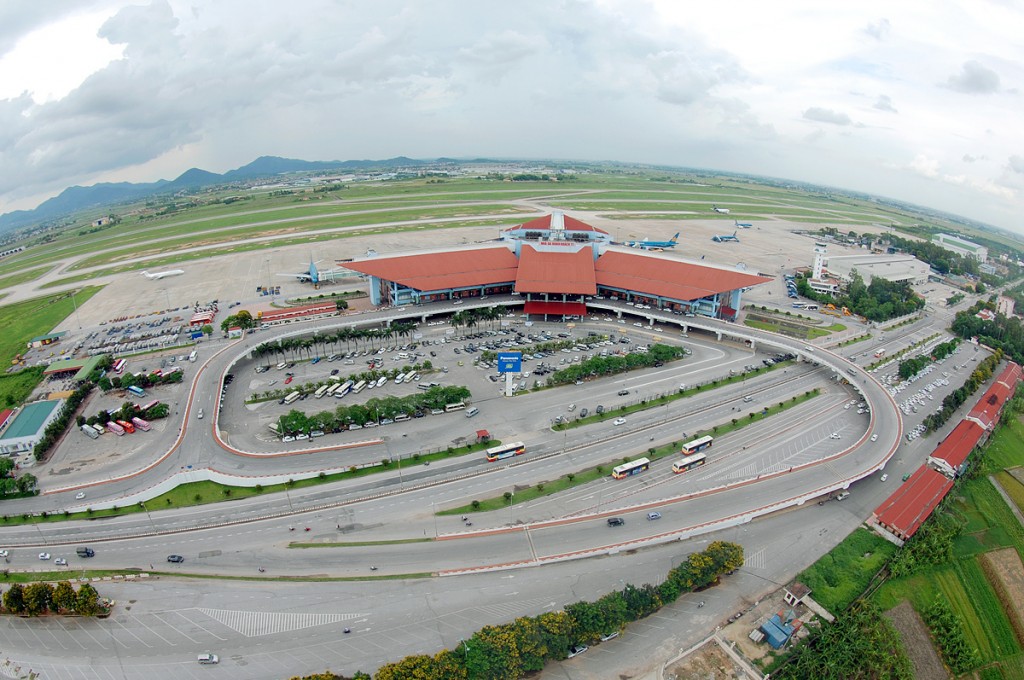
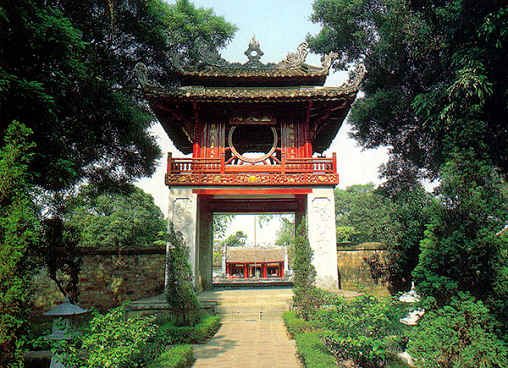
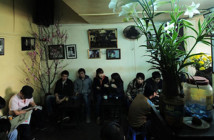
3 Comments
My husband and I have been in Hanoi for a week. Beautiful lake, Nice historical sites, friendly people.
It is a memorable trip in Vietam.
Nice new blog. Many useful information about VIetnam.
Thanks.
I love Vietnam